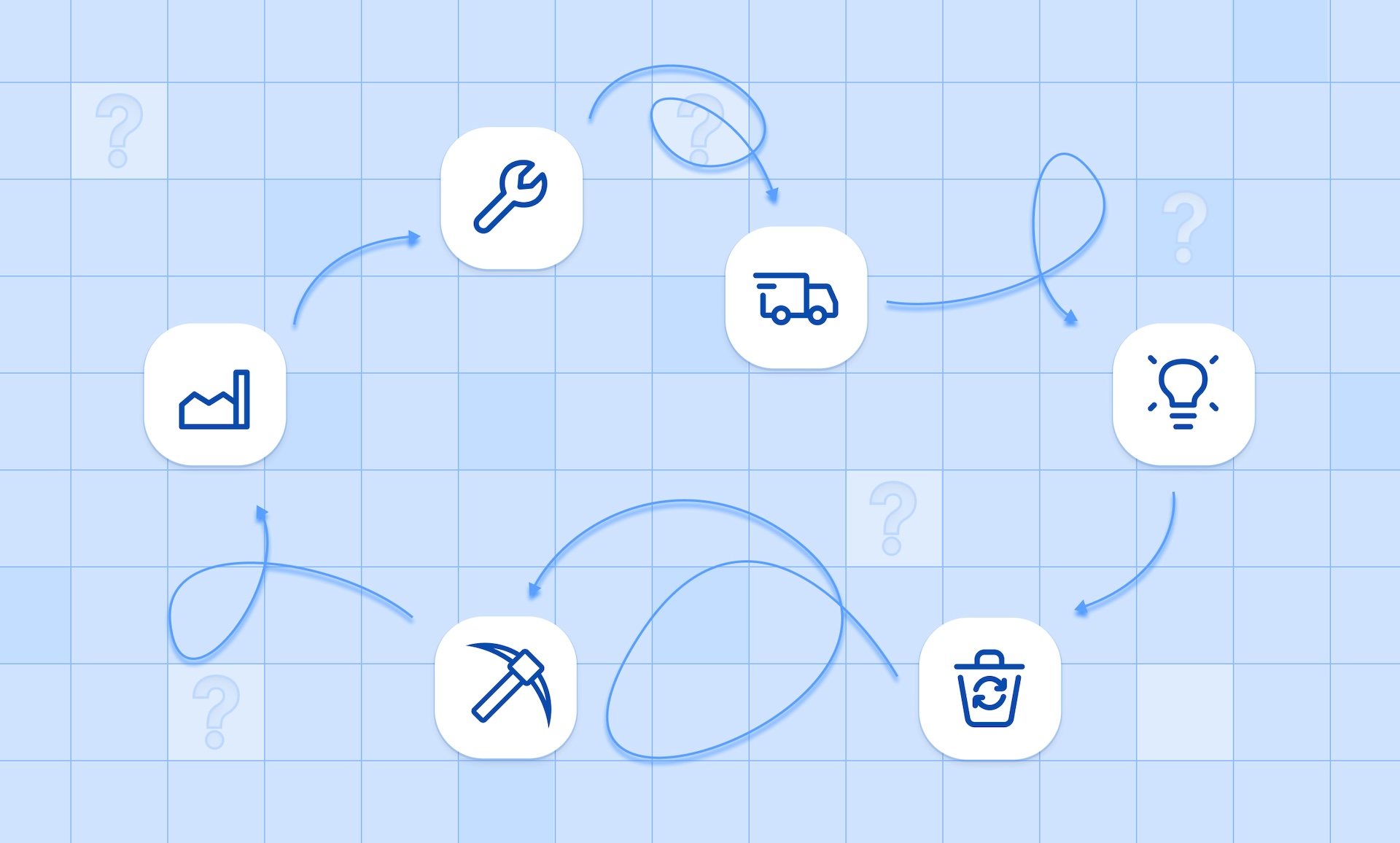What Is a Life Cycle Assessment?
Life Cycle Assessment (LCA) – sometimes called life cycle analysis – is a scientific method used to quantify environmental impacts associated with all stages of a product’s life cycle. An LCA study considers the entire life cycle, from raw material extraction, energy production and manufacturing to use, waste management, recycling processes and disposal.
The purpose of LCA is to help organisations measure and improve environmental performance, compare design alternatives and support strategic planning. It is also critical for preparing Environmental Product Declarations (EPDs), complying with environmental management standards and demonstrating transparency to stakeholders.
Key Concepts in LCA
Some important terms you will encounter include:
- Life Cycle Inventory (LCI): The data collection phase where all input and output data, material flows, and energy flows are measured.
- Life Cycle Impact Assessment (LCIA): The stage where data is translated into potential environmental impacts like global warming, ozone depletion, or human health risks.
- Functional Unit: The reference unit (e.g., 1 tonne of product) used to normalise results and compare scenarios.
- System Boundaries: Defining whether your assessment is cradle to gate, cradle to grave, or cradle to cradle.
- Reference Flow: The quantity of product needed to fulfil the functional unit.
- Sensitivity Analysis: Testing how assumptions or data variations affect results.
- Critical Review: An external verification to ensure methodological rigour.
Because LCAs can be extremely complex, organisations often rely on dedicated software to manage data and conduct calculations.
Why Conduct an LCA?
Conducting a Life Cycle Assessment offers multiple benefits:
- Measure environmental impacts across the product system and supply chain.
- Support eco-design by identifying the major environmental impacts and hotspots.
- Inform environmental management systems (EMS) and environmental management strategies.
- Demonstrate compliance with standards such as ISO 14040 and ISO 14044.
- Quantify and disclose impacts through environmental product declarations.
- Evaluate environmental benefits of innovations such as renewable energy or recycling.
How Does an LCA Work?
A detailed LCA follows four phases:
1. Goal and Scope Definition
Define the purpose, scope definition, system boundaries, functional unit, and impact categories (such as global warming potential, stratospheric ozone layer, resource depletion).
2. Life Cycle Inventory Analysis
Collect data on environmental inputs and outputs for each life cycle stage, including:
- Raw materials
- Energy inputs and production
- Industrial processes
- Disposal phase and energy recovery
Data can be primary data (from your own processes) or secondary data (databases such as ecoinvent, GaBi, or ELCD).
3. Life Cycle Impact Assessment
Transform the inventory into environmental consequences across categories like:
- Climate change (GHG emissions)
- Ozone depletion
- Eutrophication
- Acidification
- Human health impacts
This phase quantifies the potential environmental impacts of your product or process.
4. Interpretation
Review results, check data quality requirements, run sensitivity analysis and prepare recommendations for environmental management and strategic planning.
Data Quality and Sources
LCA relies on high-quality environmental data. Typical data categories include:
- Primary data measured on-site
- Secondary data from life cycle inventory databases
- Emission factors
- Supplier-specific environmental aspects
Combining data across the supply chain improves accuracy but increases complexity.
LCA and Carbon Footprint
While carbon footprint calculations focus mainly on greenhouse gas emissions, LCA covers a much wider set of environmental impacts and impact categories. Both approaches rely on life cycle models to assess the product’s life cycle from cradle to grave.
Standards for LCA
LCA methodology is governed by:
- ISO 14040 / 14044 – General principles and requirements
- ISO 14067 – Carbon footprint calculations
Other standards and frameworks build upon or relate to LCA methodology for specific purposes, for example:
- EN 15804 – EPDs for construction products
- GHG Protocol Product Standard
- ISO 14025 – Environmental declarations
Software for LCA
LCA software simplifies inventory analysis, flow models and reporting. Platforms like EandoX help you:
- Build life cycle inventories
- Automate impact assessment
- Model cradle to gate assessments
- Integrate with environmental management systems
- Produce EPDs and carbon footprint reports
- Support strategic planning and compliance
For a deeper dive into how LCA software is evolving and what to consider in 2025, see our article Why You Need a LCA Software in 2025.
Who Uses LCA?
LCA is used across several sectors:
- Manufacturing: Compare materials and designs
- Construction: Generate EPDs
- Packaging: Assess end-of-life options
- Consumer goods: Support sustainability claims
- Food and agriculture: Track impacts across the value added process
How EandoX can help with LCA
A robust LCA study is a cornerstone of credible sustainability strategy. From evaluating environmental aspects to reducing global warming potential, LCA gives you the data to drive better decisions.
EandoX supports every step of the process, helping you quantify, communicate and improve your environmental performance.
Learn more or book a demo today!
FAQ: Life Cycle Assessment (LCA)
What is Life Cycle Assessment?
Life Cycle Assessment (LCA) is a standardised method to measure environmental impacts across the entire life cycle of a product.
How is LCA different from a carbon footprint?
A carbon footprint focuses only on climate impacts, while LCA covers broader impact categories like ozone depletion, human health and resource depletion.
What data do I need?
Primary data, secondary data and emission factors covering material flows, energy inputs, and emissions across life cycle stages.
Can LCA be automated?
Yes. Tools like EandoX manage inventory analysis, impact assessment and reporting.
How does EandoX help?
EandoX EPD software simplifies data collection, streamlines calculations and generates compliant reports for EPDs and carbon footprints.




